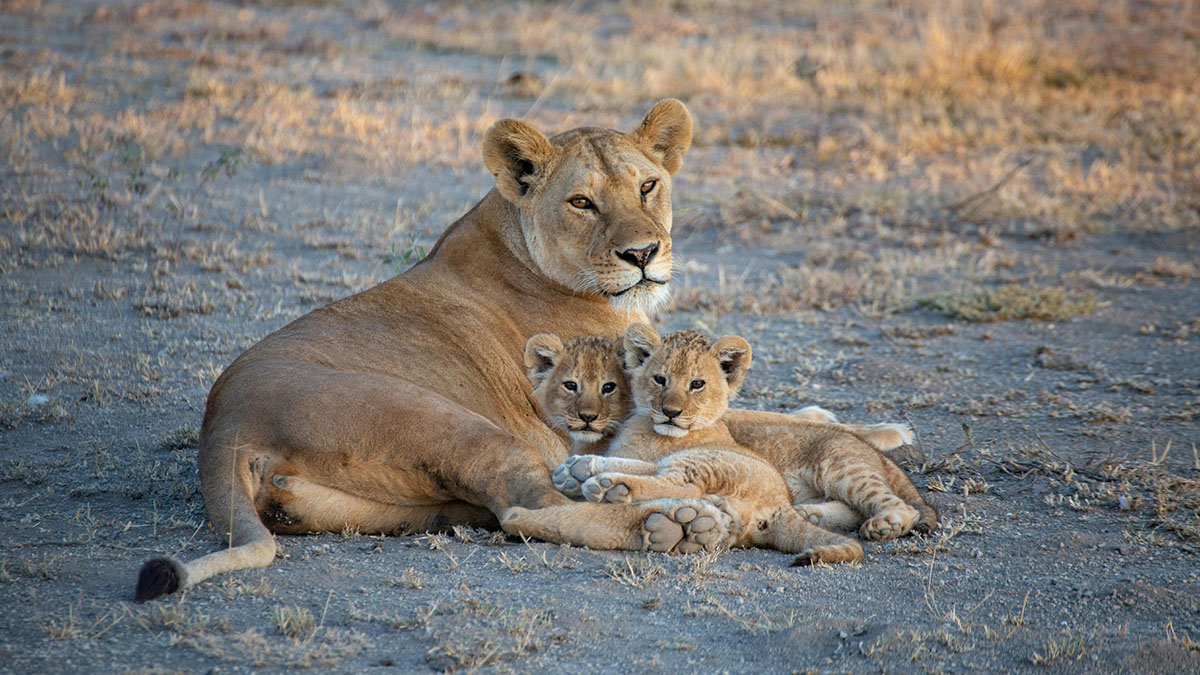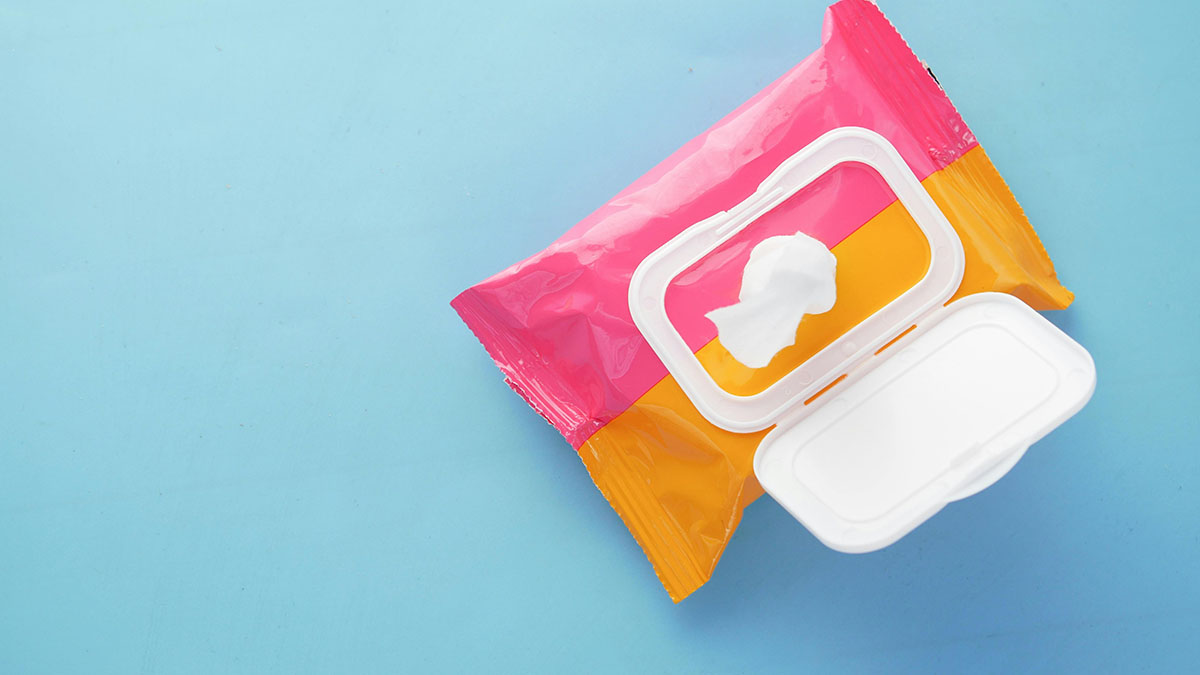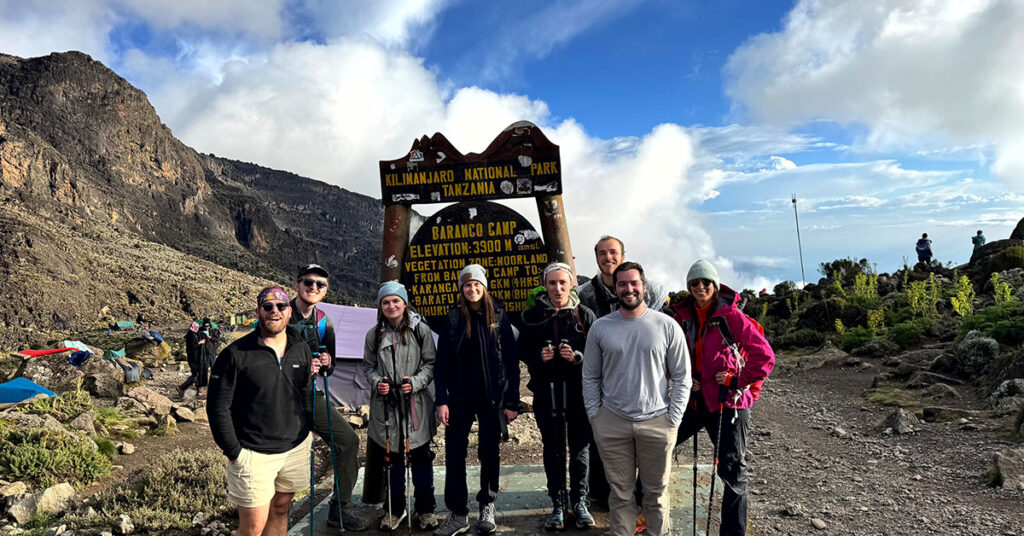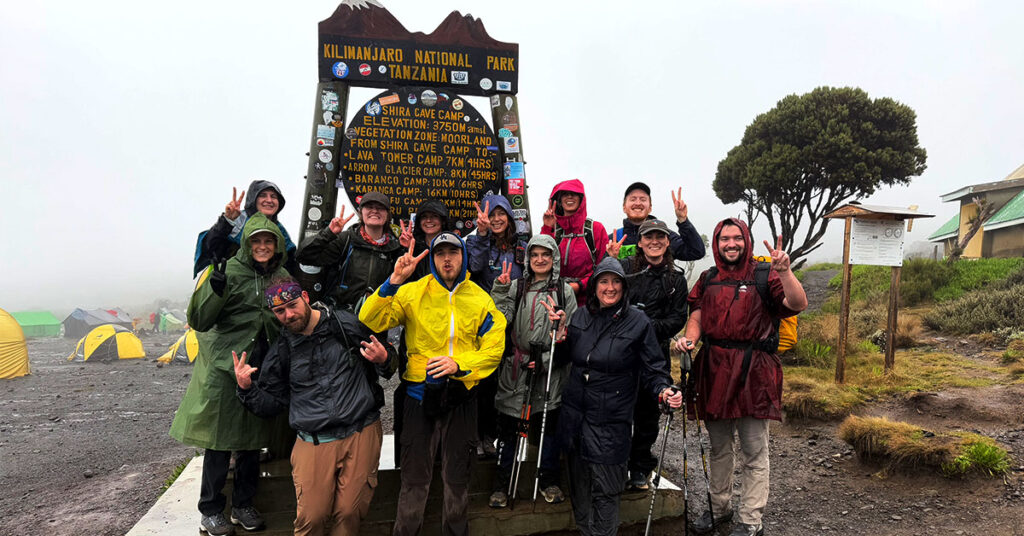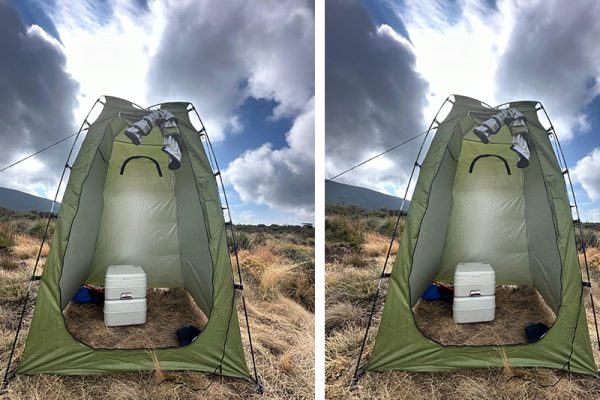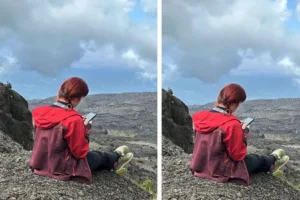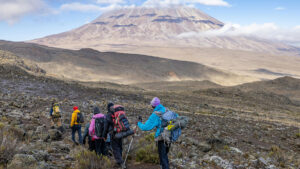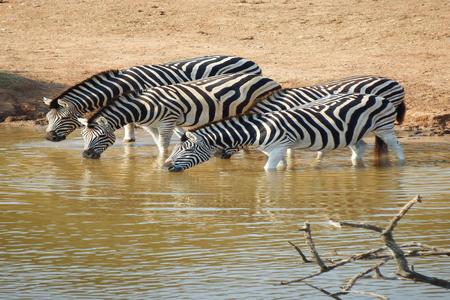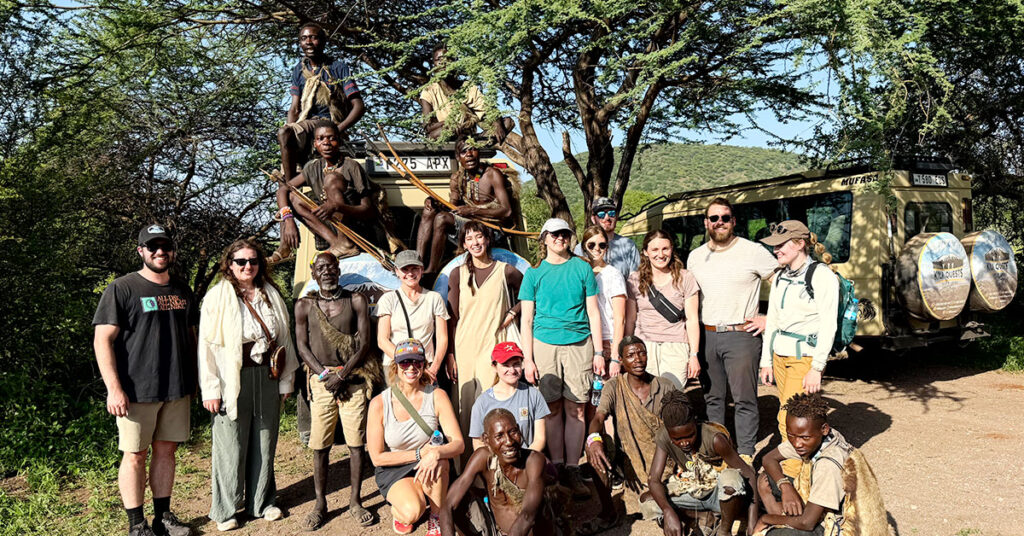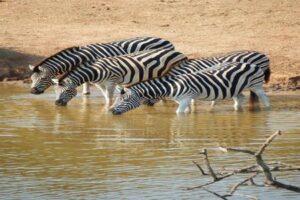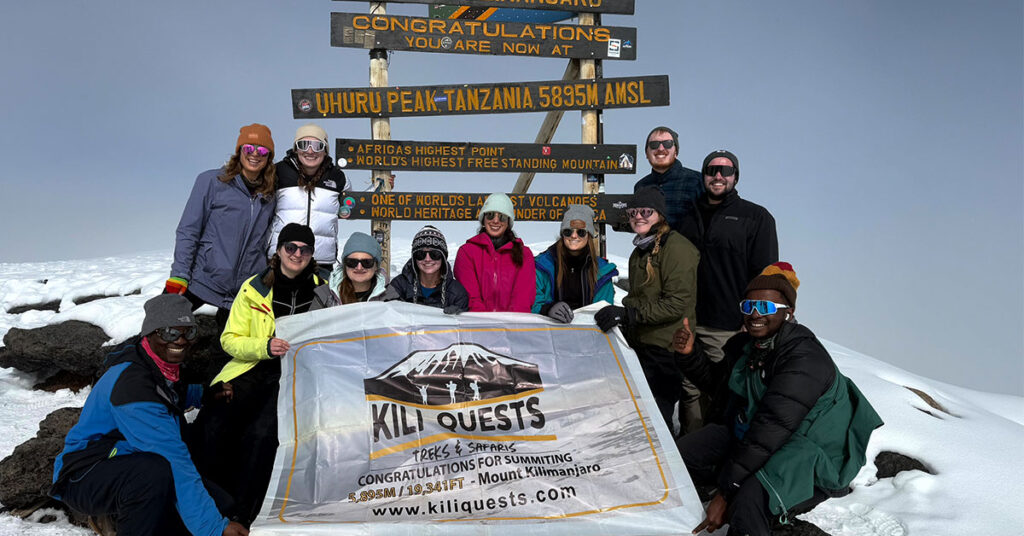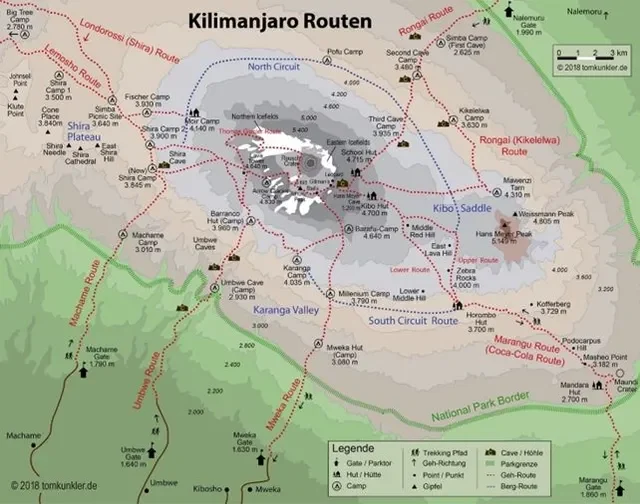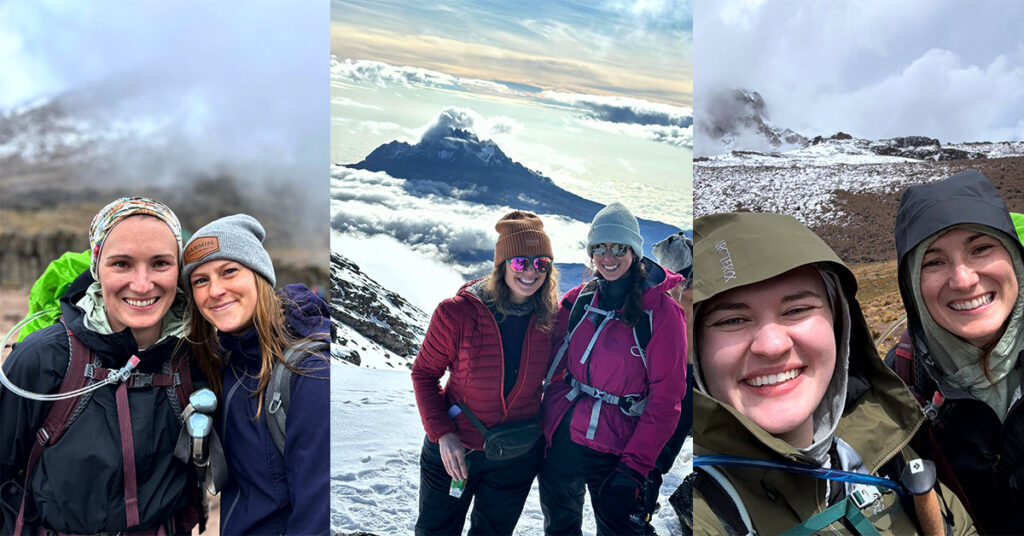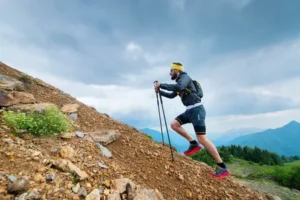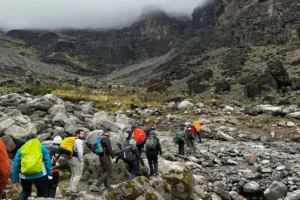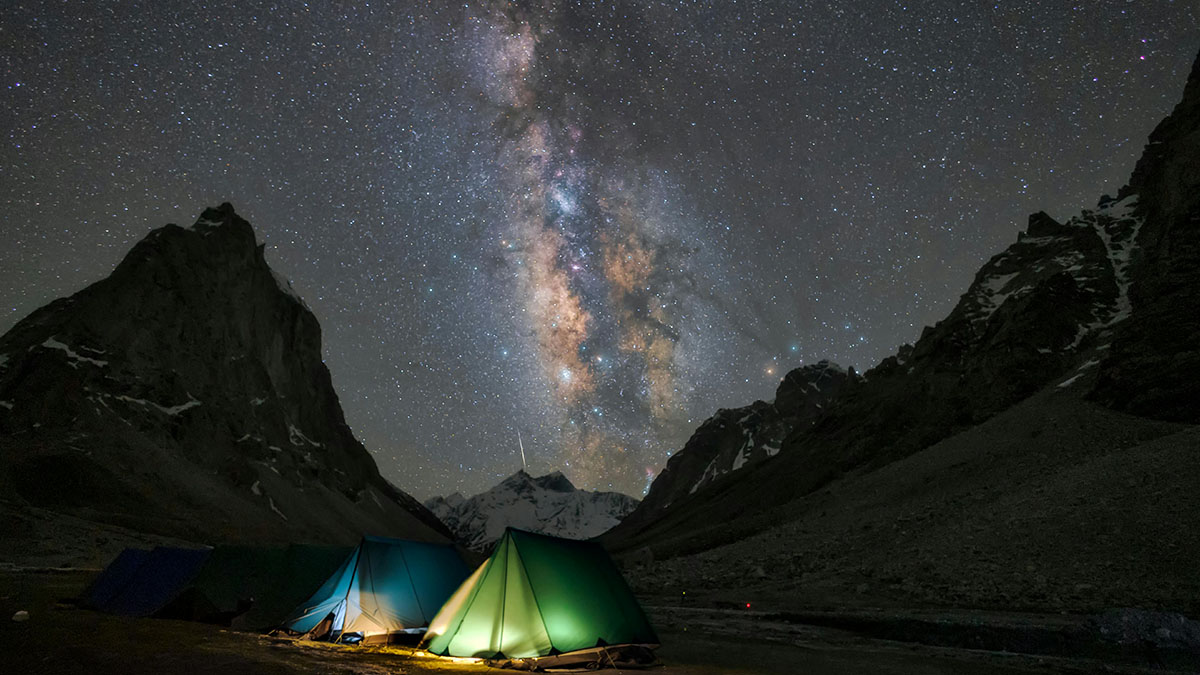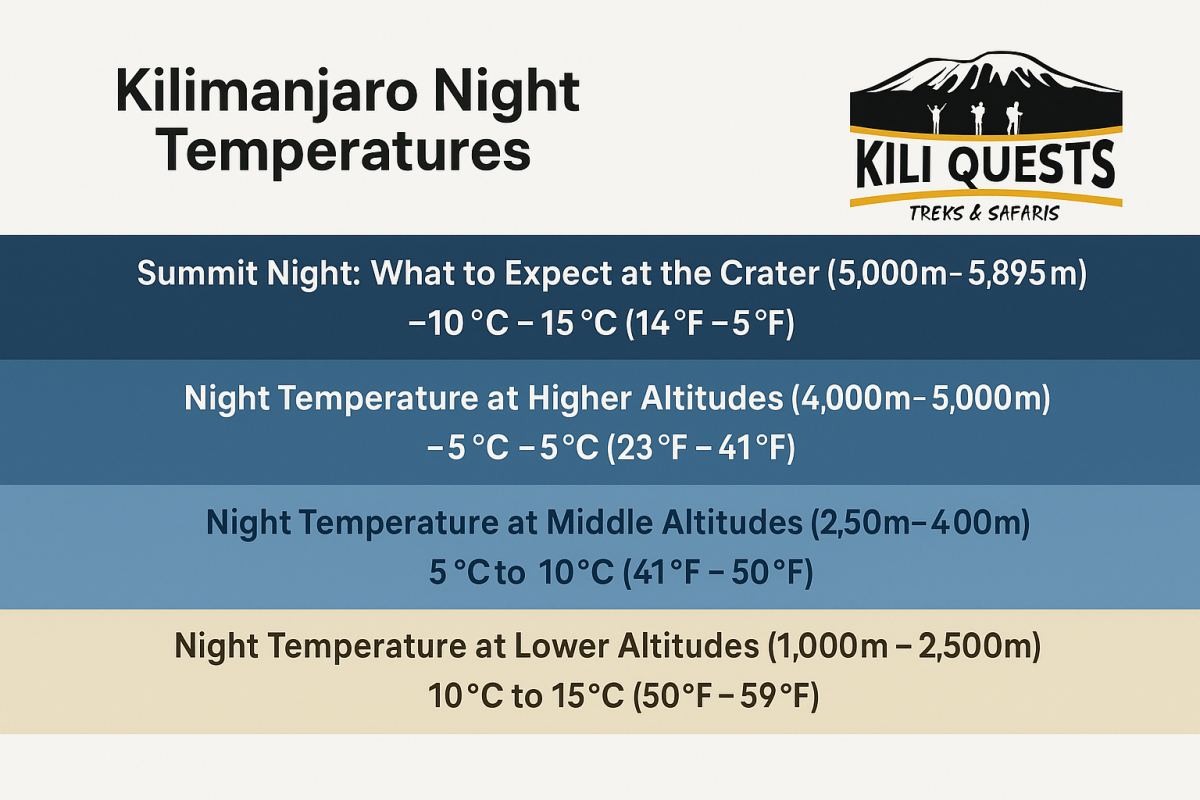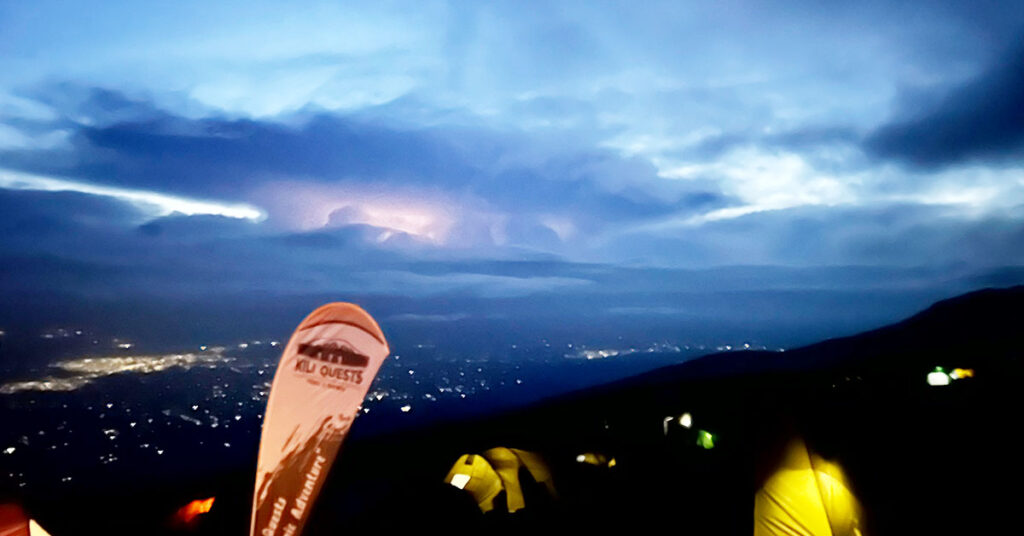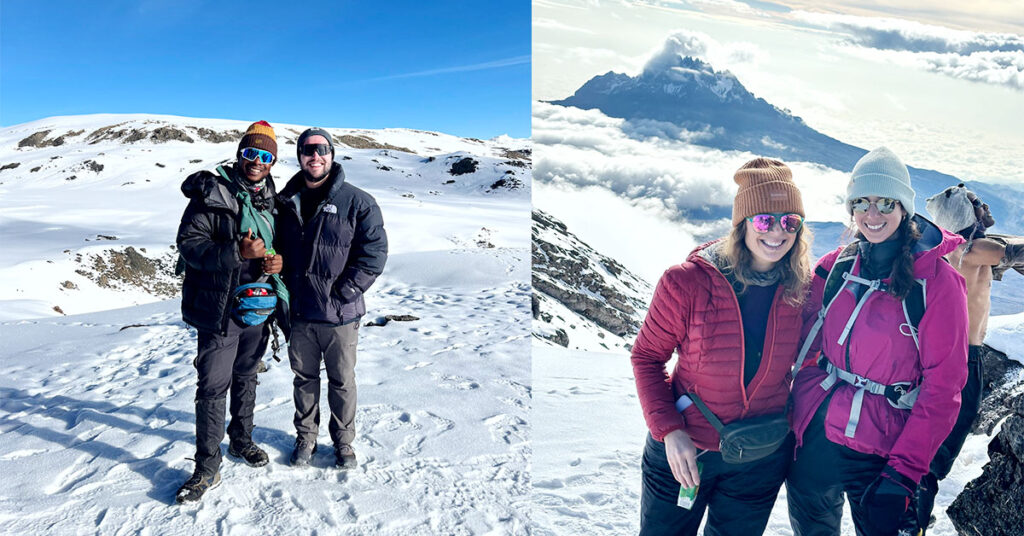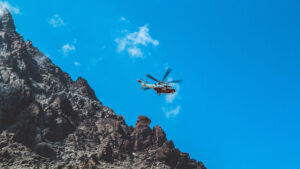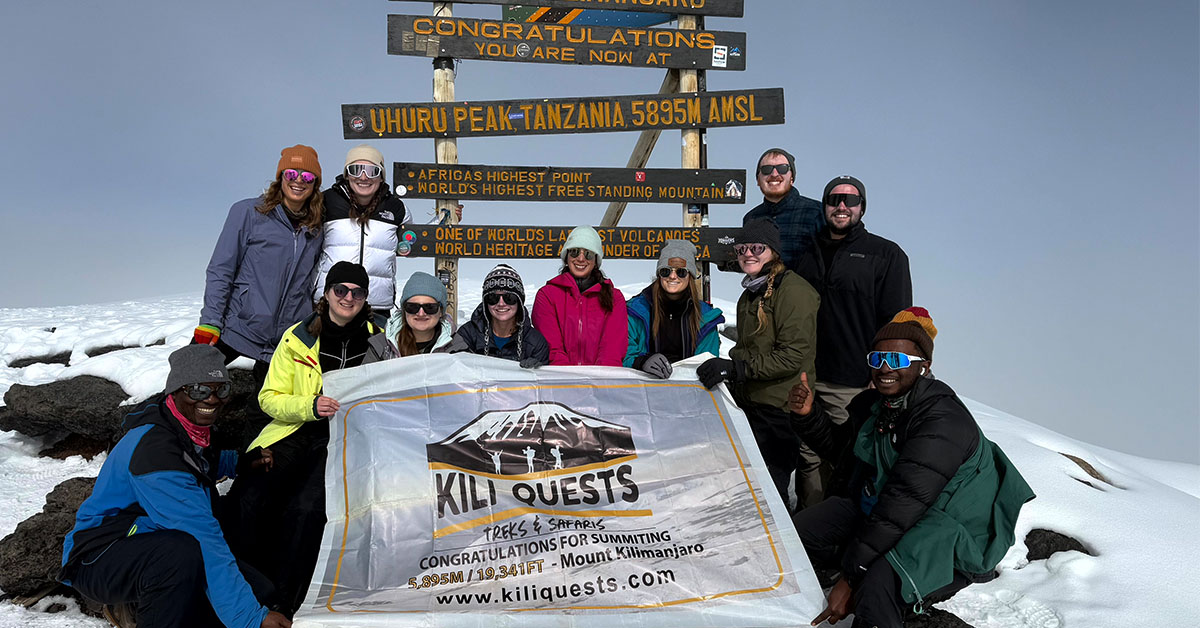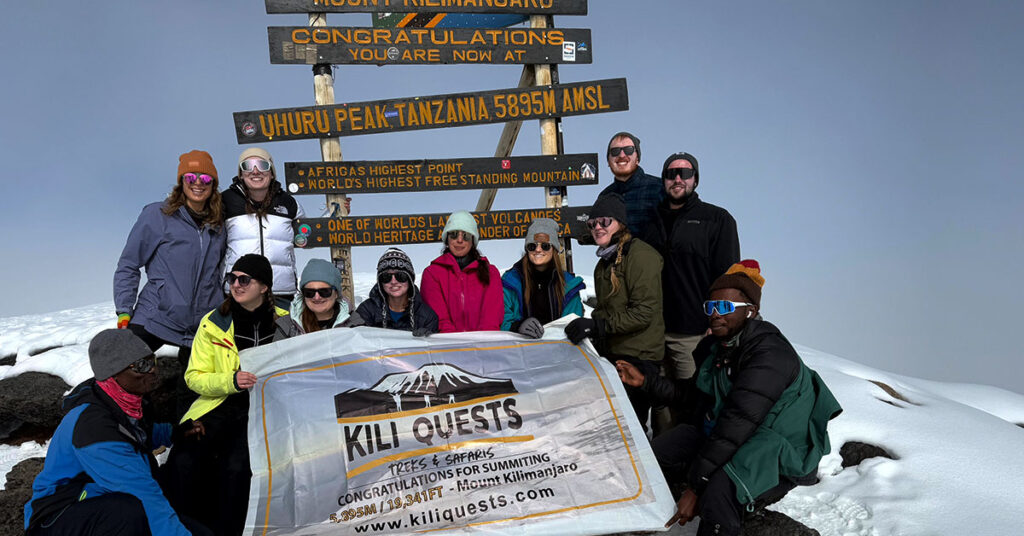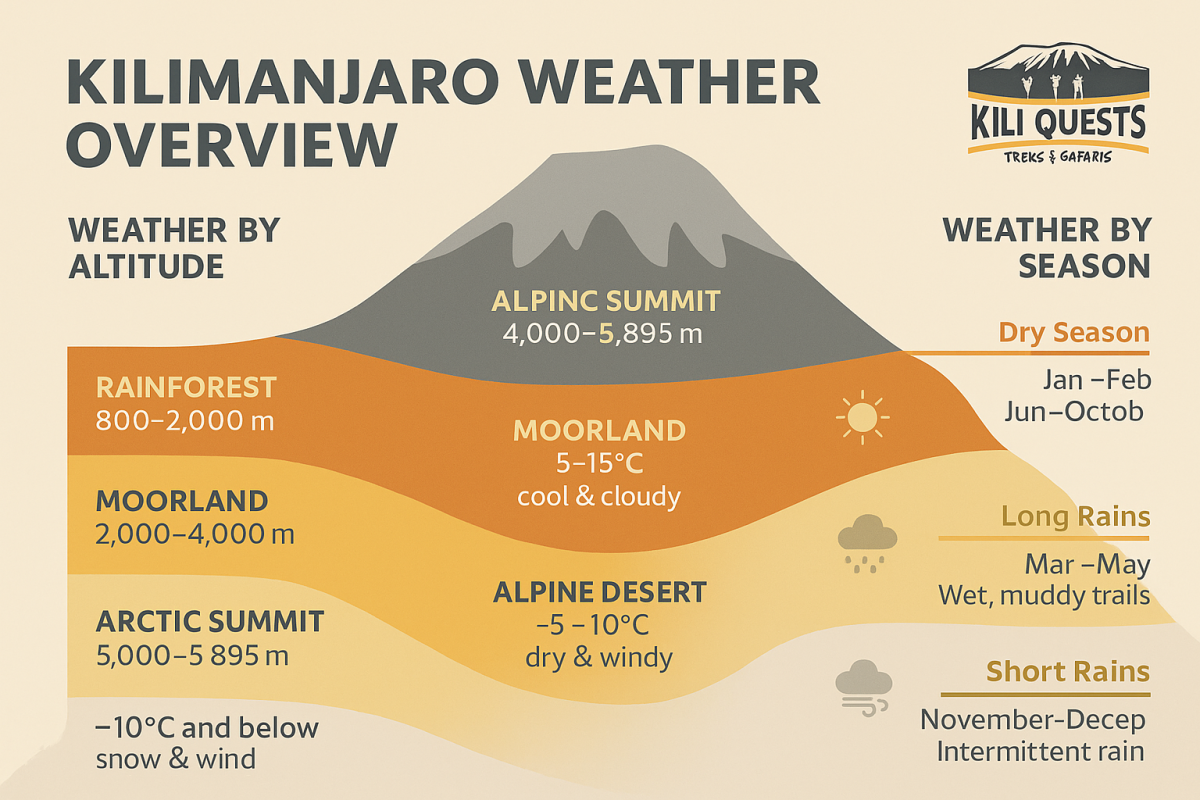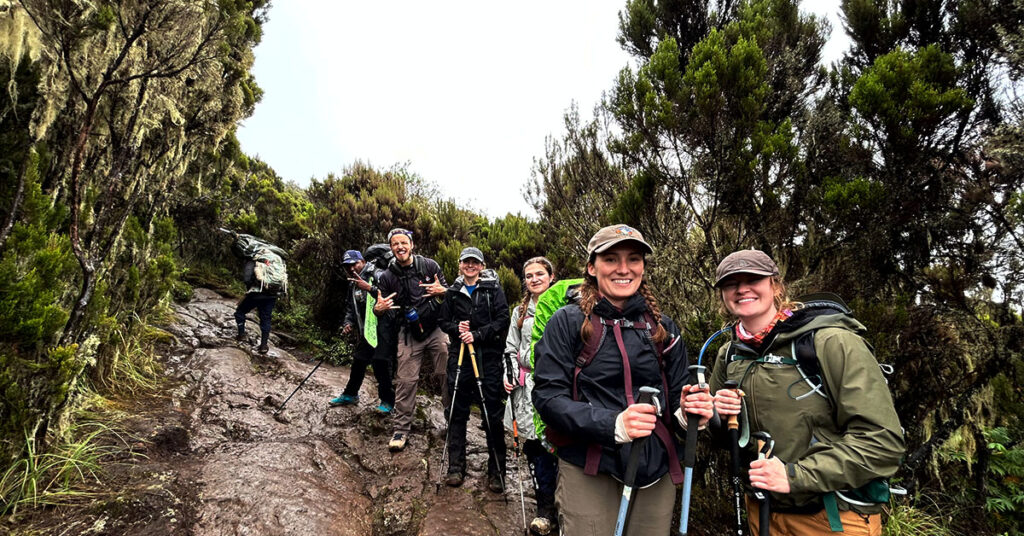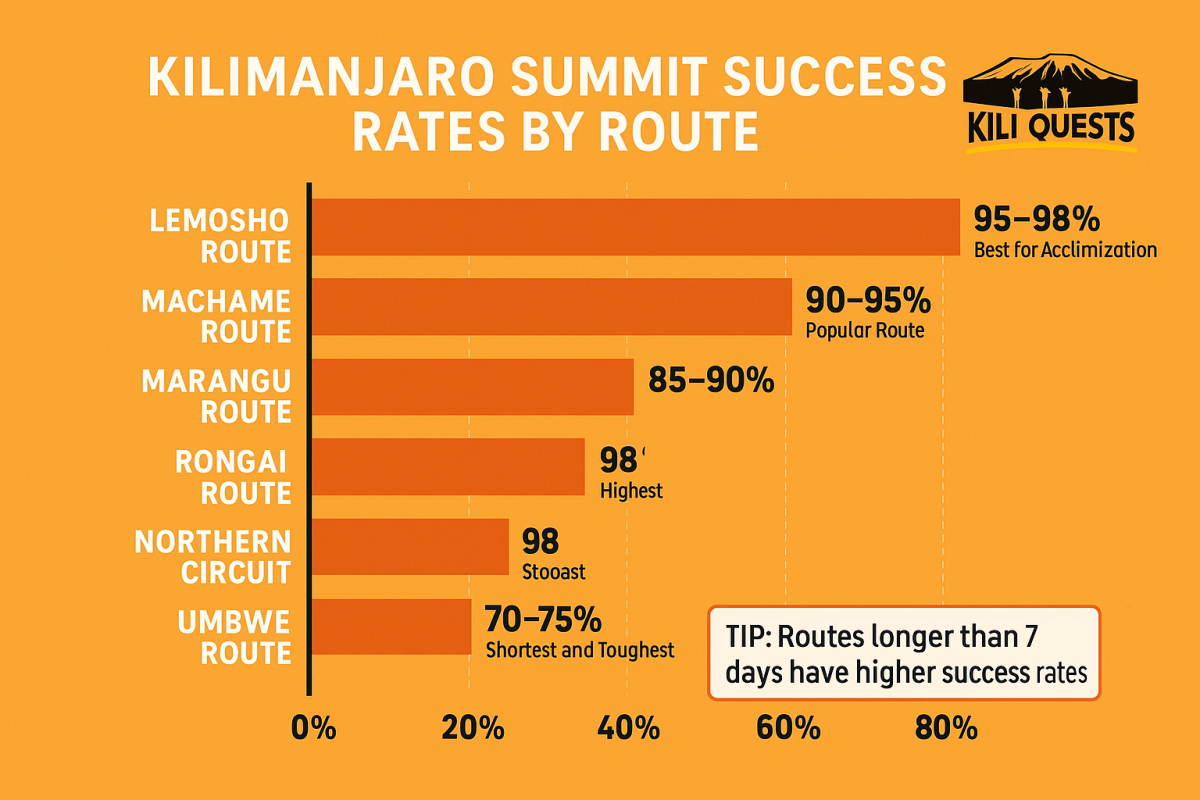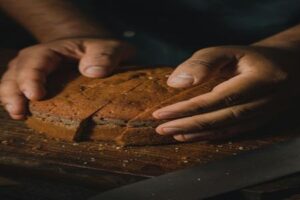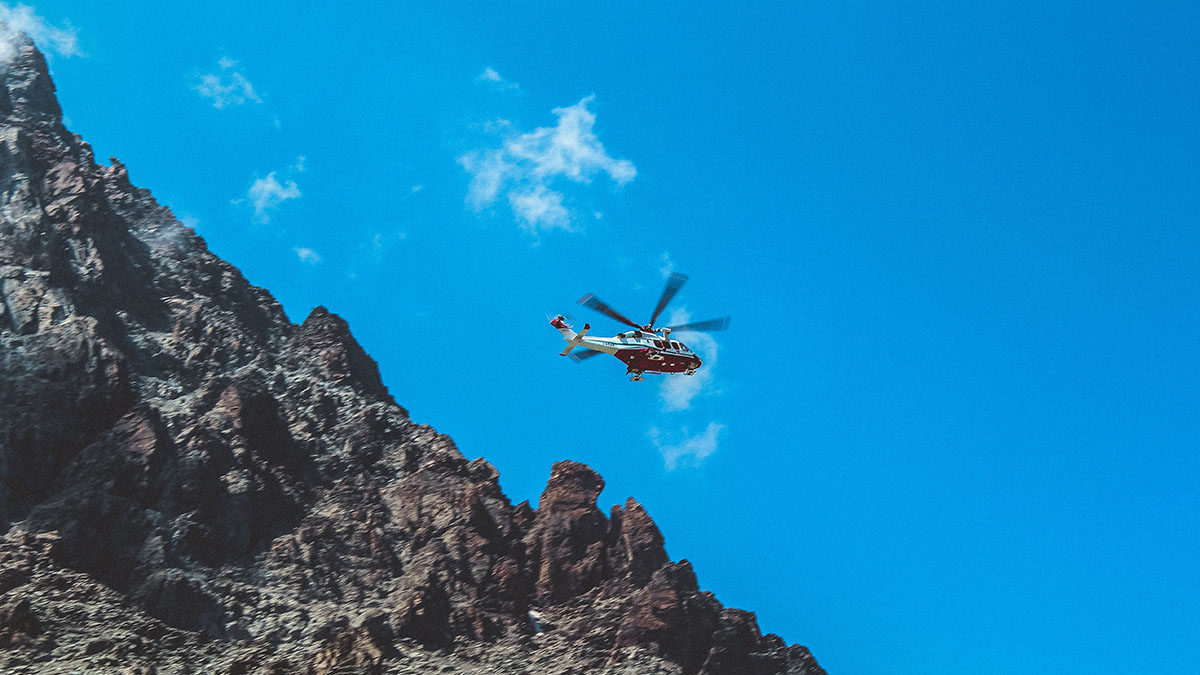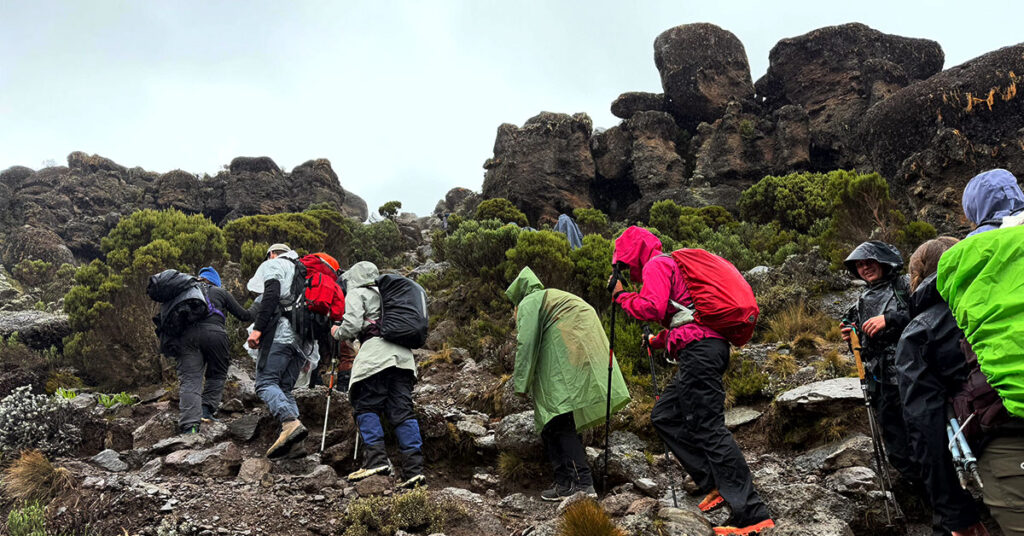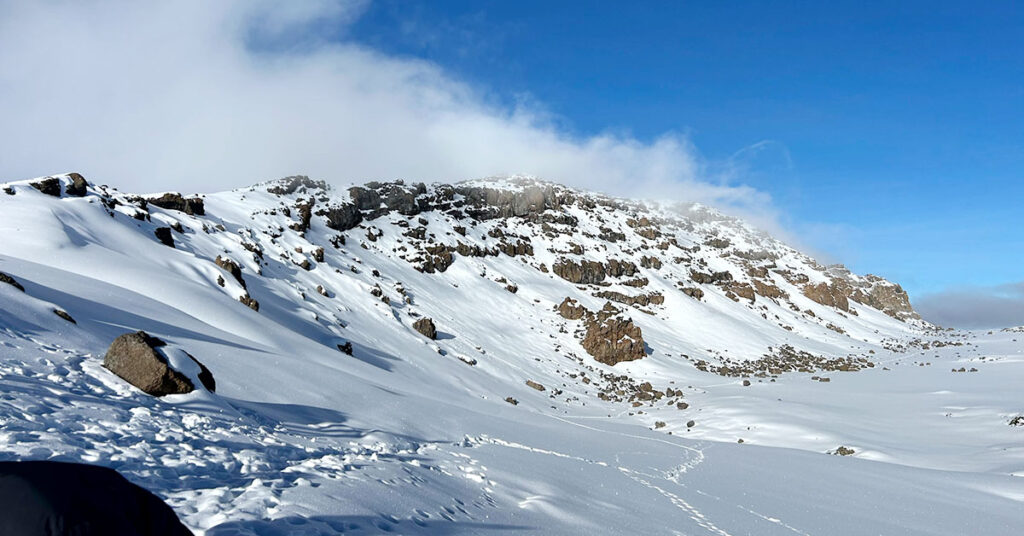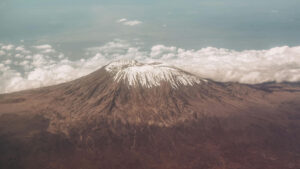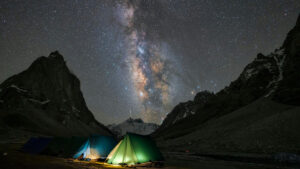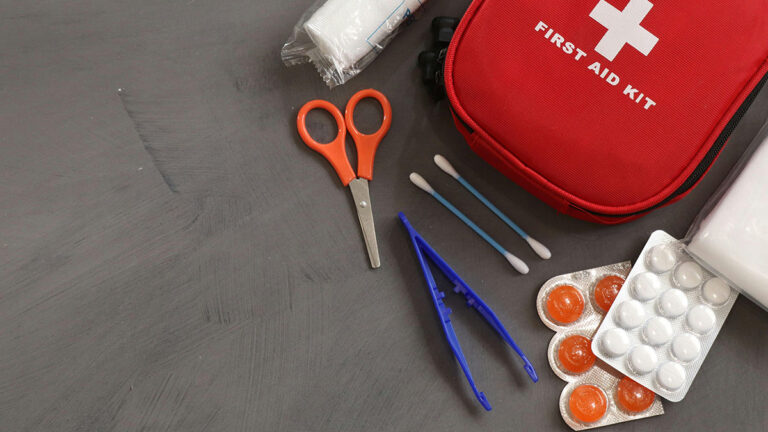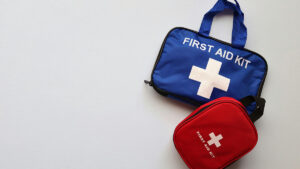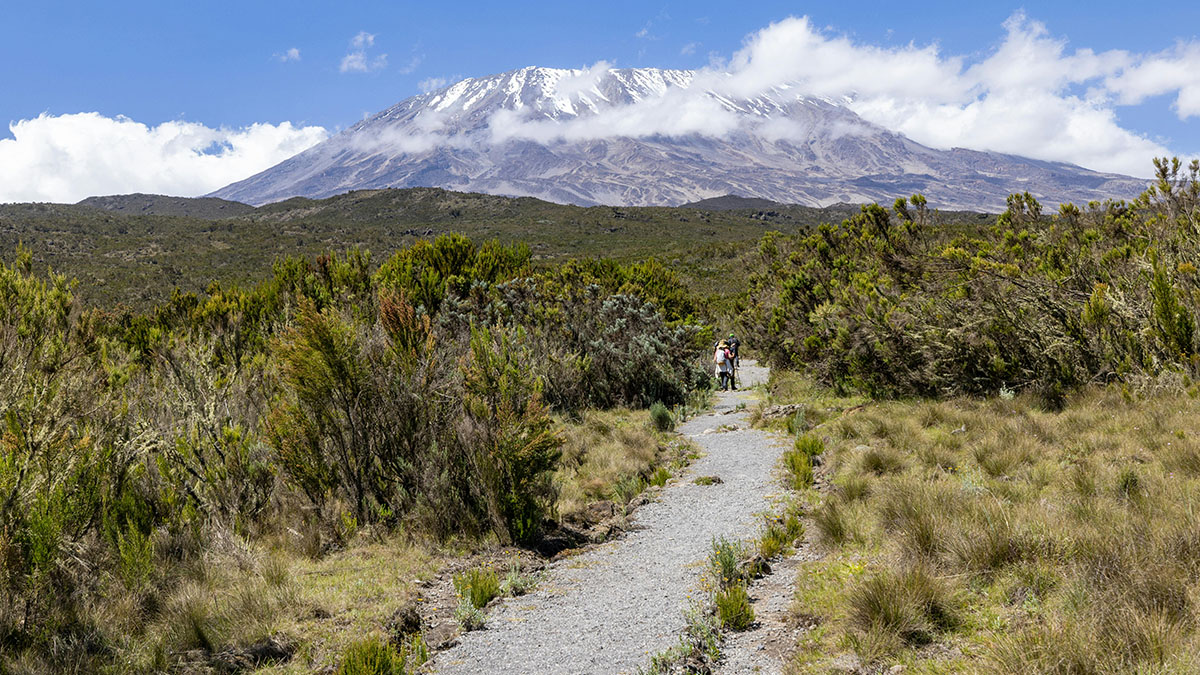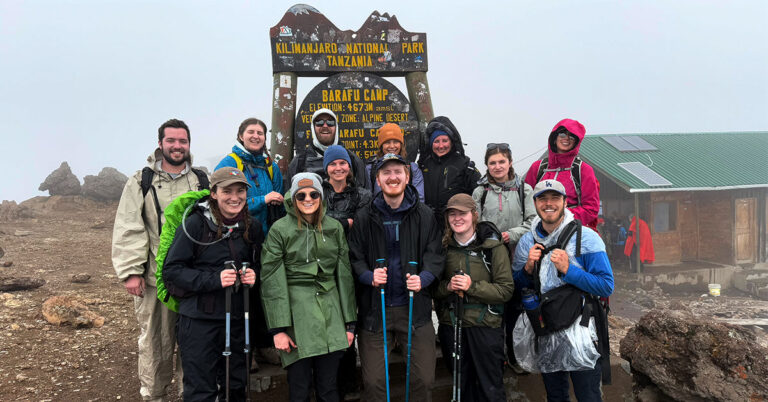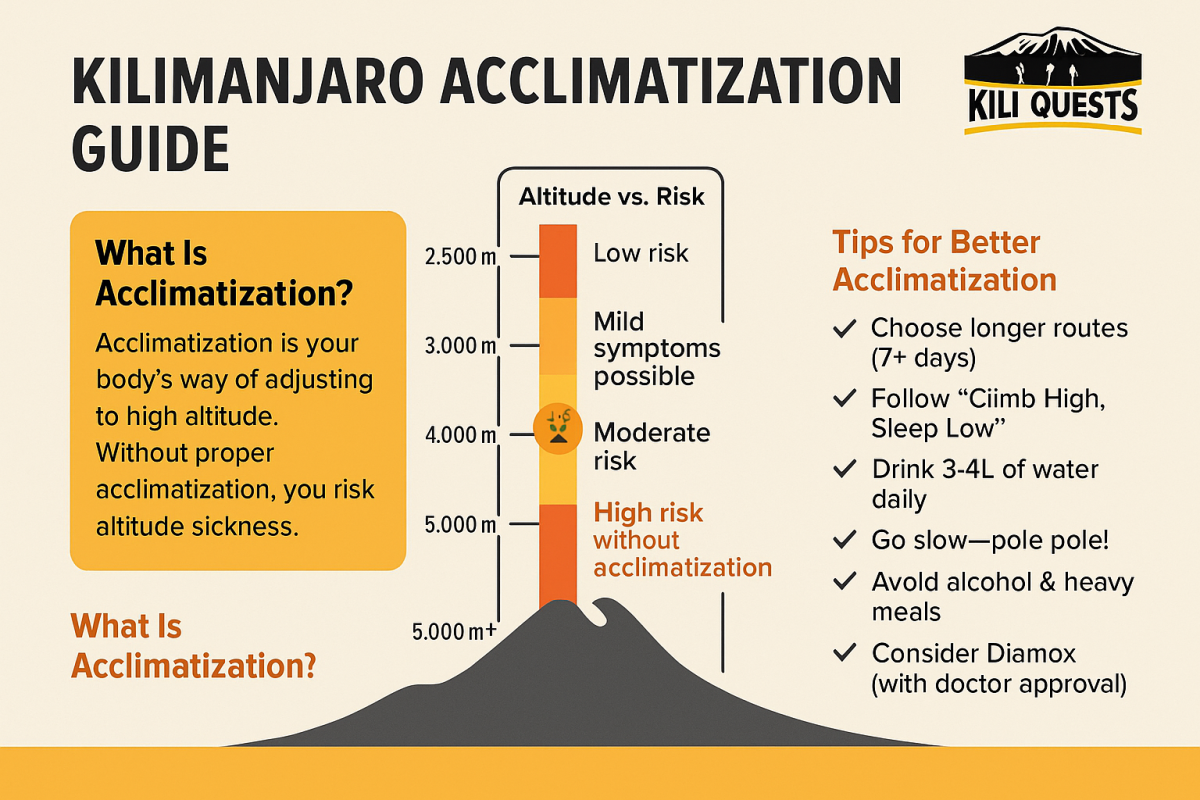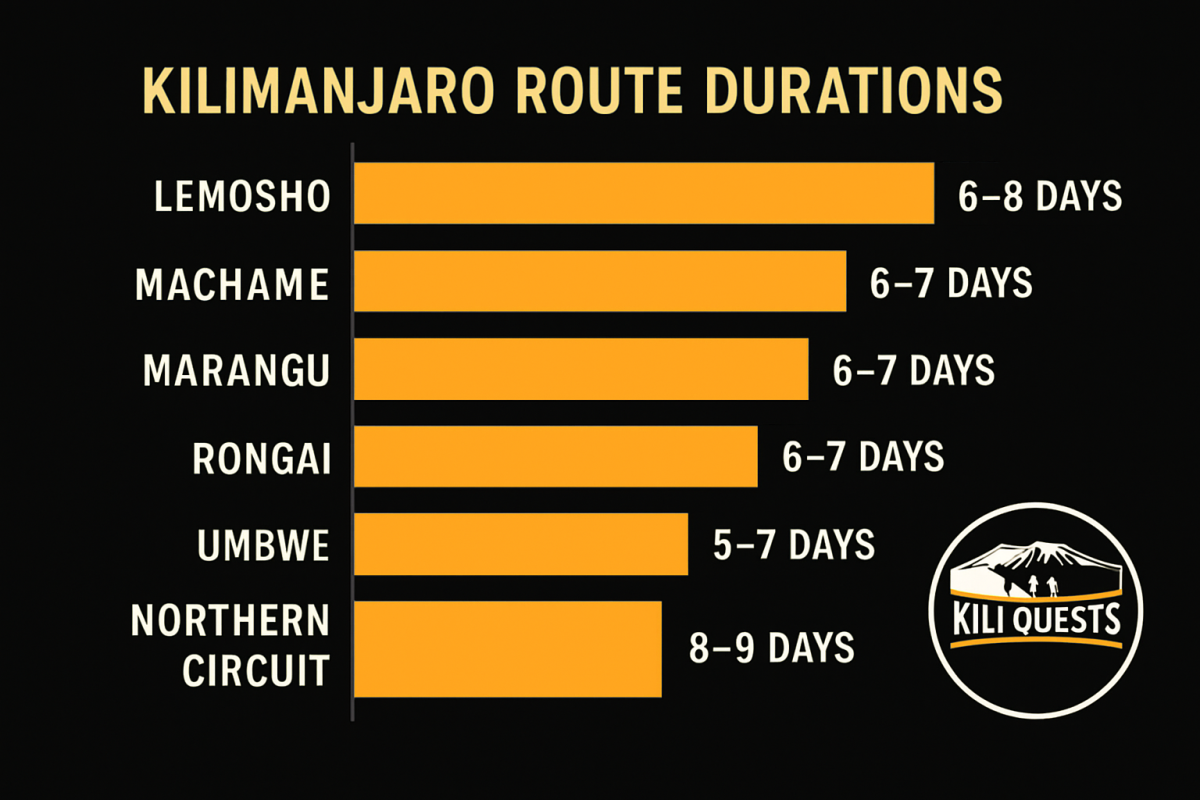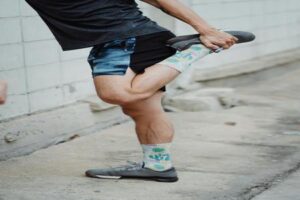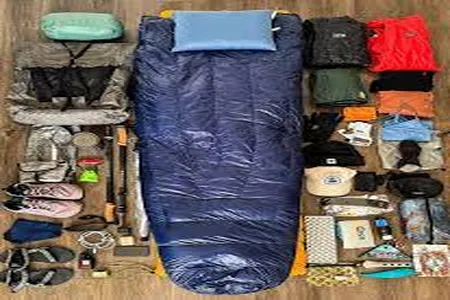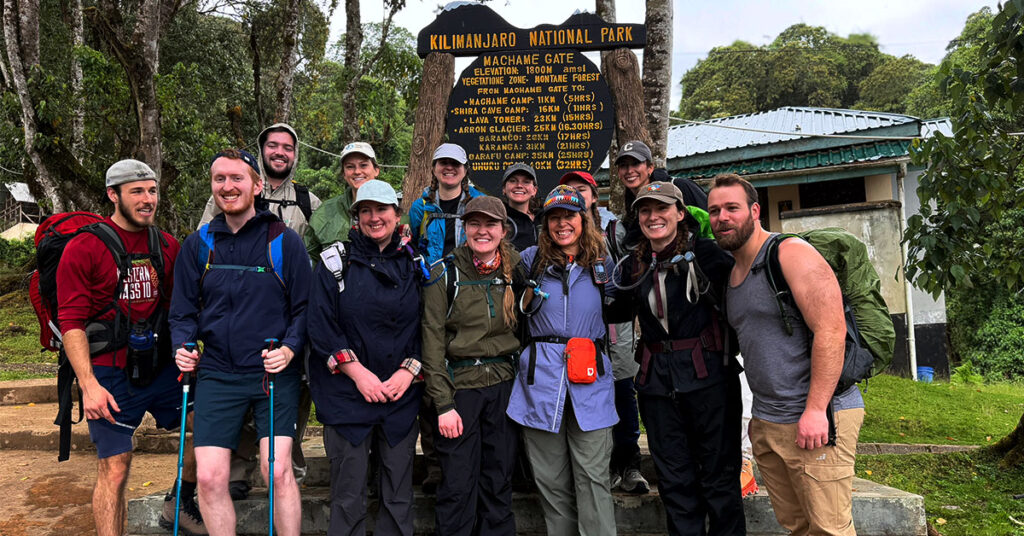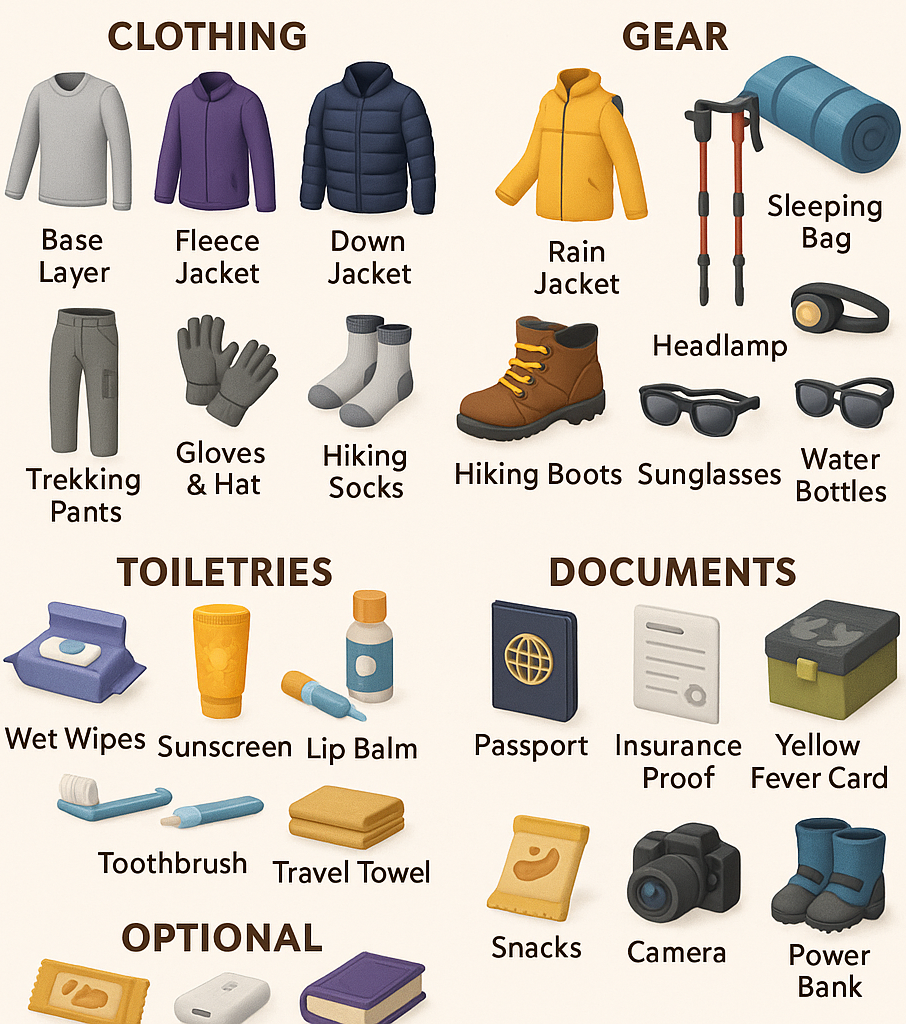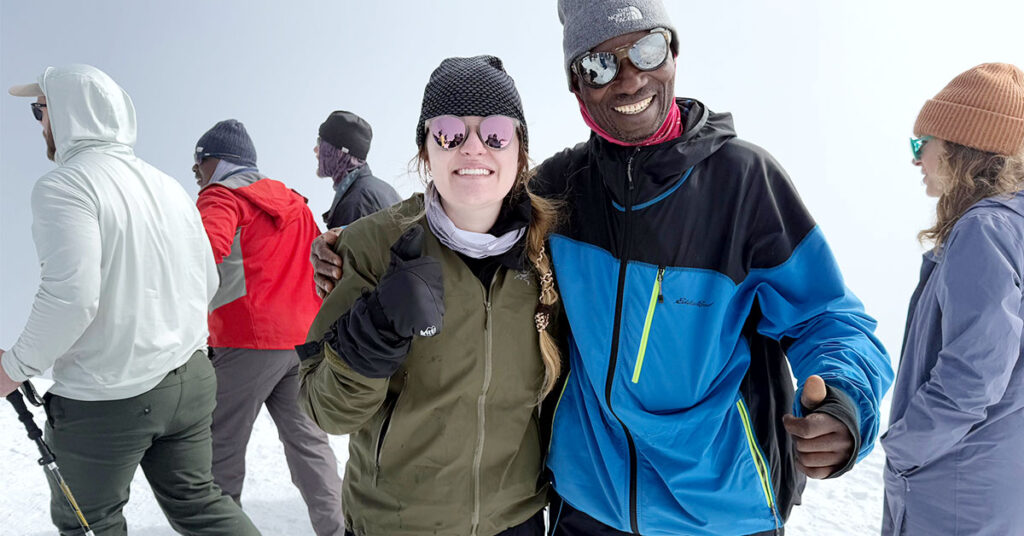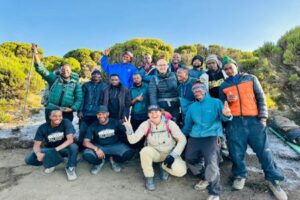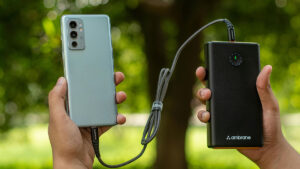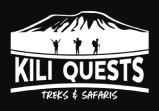Table of Contents
Best Time for Safari in Tanzania: Seasons Explained | Kili Quests
Tanzania is home to world-renowned safari destinations like the Serengeti, Ngorongoro Crater, Lake Manyara, and Tarangire. Whether you want to witness the Great Migration, the calving season, or just enjoy peaceful game drives, choosing the right time of year can make your experience truly unforgettable.
In this guide, we break down the three safari seasons — high, low, and shoulder — and explain what to expect in each. Plus, we’ll show you what’s included in a Kili Quests safari and which parks shine in each season.
Find out what’s included in our safari tours — from private guides to luxury lodges.
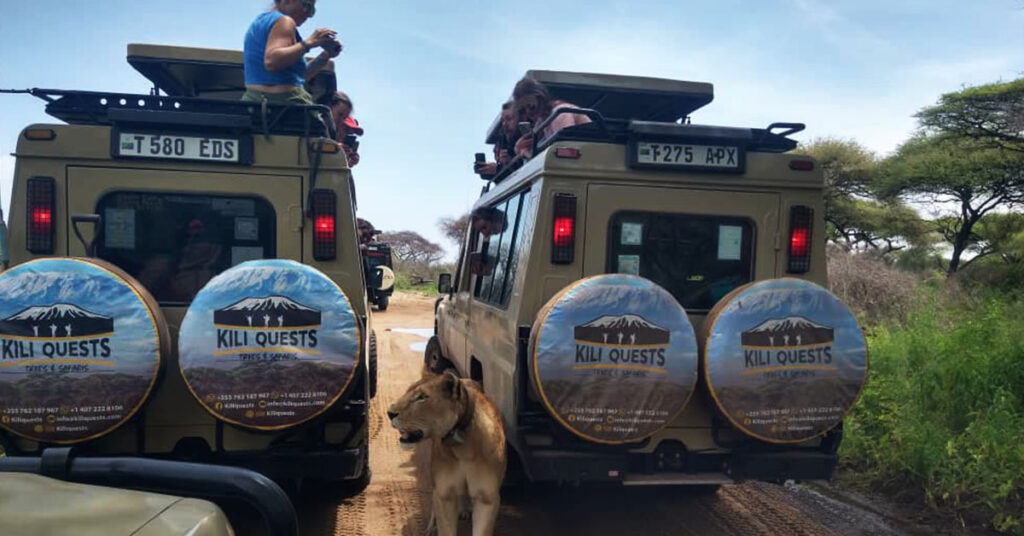
High Season: June to October
Best for: Big game viewing, dry weather, Great Migration
Why It’s the Peak Safari Season in Tanzania:
- The Great Migration: Millions of wildebeest, zebras, and gazelles move across the Serengeti plains during this time.
- Incredible Game Viewing: With limited water, animals gather around rivers and waterholes, making sightings easier.
- Dry & Pleasant Weather: Days are sunny and comfortable, with minimal rain and great conditions for photography.
Best Parks to Visit in High Season:
- Serengeti National Park – Prime time to see the Great Migration.
- Ngorongoro Crater – Reliable year-round wildlife, especially visible in the dry season.
- Tarangire National Park – Home to massive elephant herds during the dry months.
Plan Your Safari Like a Pro – See which parks shine in each season and how to combine them.
Low Season: March to May
Best for: Quiet safaris, birdwatching, lower prices
Why Some Travelers Prefer the Green Season:
- Fewer Crowds: Enjoy peaceful drives without tourist traffic.
- More Affordable: Lodges and tours often offer lower prices during this rainy season.
- Lush Landscapes: Parks turn green and beautiful, great for photography and birdwatching.
Things to Consider:
- Rainfall & Mud: Trails can be slippery and access to some areas may be limited.
- Scattered Wildlife: Animals don’t need to gather at waterholes, making sightings less predictable.
Best Parks to Visit in Low Season
- Ngorongoro Crater – Still teeming with animals year-round.
- Serengeti – Quieter but still active; best for experienced wildlife lovers.
- Lake Manyara – Superb for birdwatching and scenic greenery.
Discover Tanzania’s Birdlife – Why the green season is perfect for birders.
Shoulder Seasons: November–December & January–February
Best for: Calving season, fewer crowds, great weather
Why This Is the Best-Kept Secret:
- Wildebeest Calving (Jan–Feb): Thousands of newborn animals attract dramatic predator activity.
- Pleasant Weather: Warm, with little rain — a perfect in-between.
- Migration Movement: Early stages of the migration begin in southern Serengeti.
Best Parks to Visit in Shoulder Season
- Southern Serengeti – See calves take their first steps and predators on the hunt.
- Tarangire National Park – Great views with fewer tourists.
- Ngorongoro Crater – Reliable sightings and cooler conditions.
- What’s in Our Safari Package? – Learn everything included in your Kili Quests journey.
Make the most of your safari with our expert preparation tips and insider advice
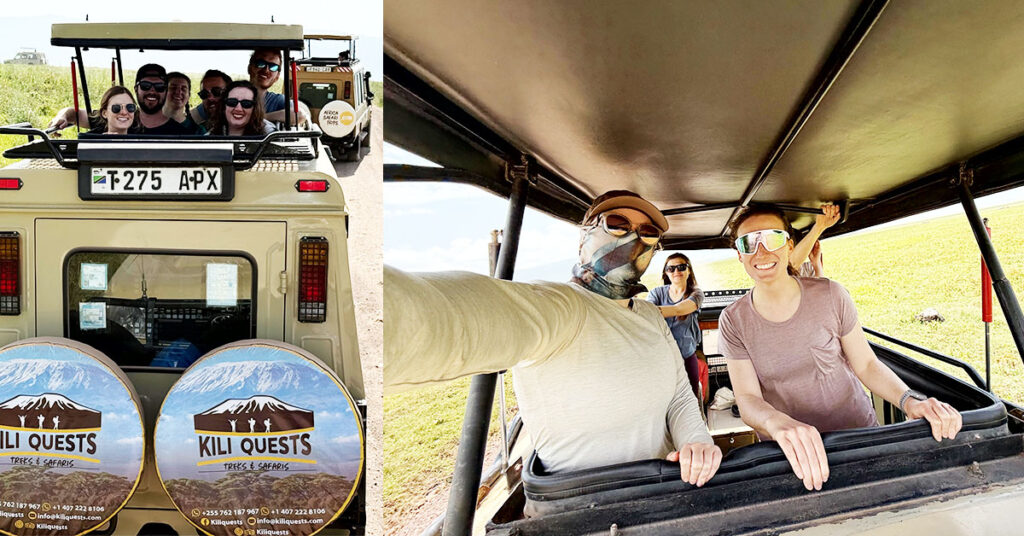
What’s Included in a Kili Quests Safari?
Booking with Kili Quests means your safari is handled by professionals who know Tanzania inside out.
Here’s what’s always included:
- Private 4×4 safari vehicle with pop-up roof
- Professional, English-speaking driver-guide
- Full-board accommodation in lodges or tented camps
- Park fees and government permits
- Bottled water during game drives
- 24/7 local support during your trip
- We also offer optional add-ons like:
Luxury upgrades
- Hot air balloon safaris
- Medical evacuation insurance
- Airport transfers and domestic flights
Learn How Long Trip Payments Take to Transfer – Plan ahead for your safari booking.
Best Time for Safari in Tanzania – Quick Season Overview
Not sure when to plan your Tanzanian safari? Here’s a quick breakdown of each season and what makes it unique:
June to October
- Peak wildlife viewing season
- Great Migration is in full swing in the Serengeti
- Dry weather and clearer visibility
- Fewer mosquitoes and ideal conditions for first-time travelers
November to February
- Calving season in the southern Serengeti
- Fewer crowds compared to peak months
- Excellent for predator-prey action and photography
- Warm weather and green landscapes
March to May
- Long rainy season with lush scenery and dramatic skies
- Fewer tourists and discounted safari prices
- Great for birdwatching and quiet experiences
- Some lodges may close due to heavy rains, so plan accordingly
When Should You Go?
- For First-Time Safari Travelers: June–October offers the most action and ideal weather.
- For Photographers & Birders: March–May provides stunning landscapes and migratory birds.
- For Repeat Visitors or Budget Travelers: Shoulder seasons (Nov–Feb, Mar–May) offer excellent value.
Kili Quests customizes safaris year-round, so no matter your timing, we’ll help you make the most of it.
Ready to Book Your Dream Safari?
At Kili Quests, we’ll help you plan your perfect safari — from choosing the right season to selecting parks and accommodations that match your goals.
Contact us today to start building your personalized safari itinerary and get ready to witness the wild heart of Tanzania like never before.
Related Articles
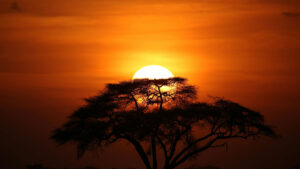
Tanzania Safari Advice:10 Things You Must Know Before You Go
April 9, 2025
No Comments
Table of Contents 10 Tips for an Unforgettable Safari with Kili Quests | Tanzania Travel Guide A Tanzania safari is more than just a
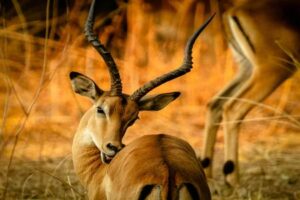
Tanzania Safari Package Details: Lodging, Game Drives & More
April 9, 2025
No Comments
Table of Contents What’s Included in Our Tanzania Safari Package | Kili Quests A Tanzania safari with Kili Quests is more than just a
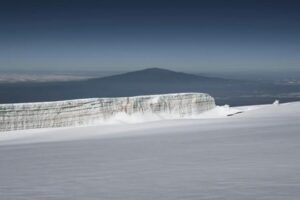
Tanzania Weather Guide: Mountain Climate & Trekking Tips
December 13, 2024
No Comments
Table of Contents What You Need to Know About Tanzania: Mountain Weather and Climate | Kili Quests Tanzania is a land of contrasts —


